PsychNewsDaily Publishers
100 Summit Drive
Burlington, MA, 01803
Telephone: (320) 349-2484
PsychNewsDaily Publishers
100 Summit Drive
Burlington, MA, 01803
Telephone: (320) 349-2484
Historical court trials significantly influenced legal systems, showcasing how societal fears, biases, and cultural clashes have shaped laws and notions of justice throughout time.
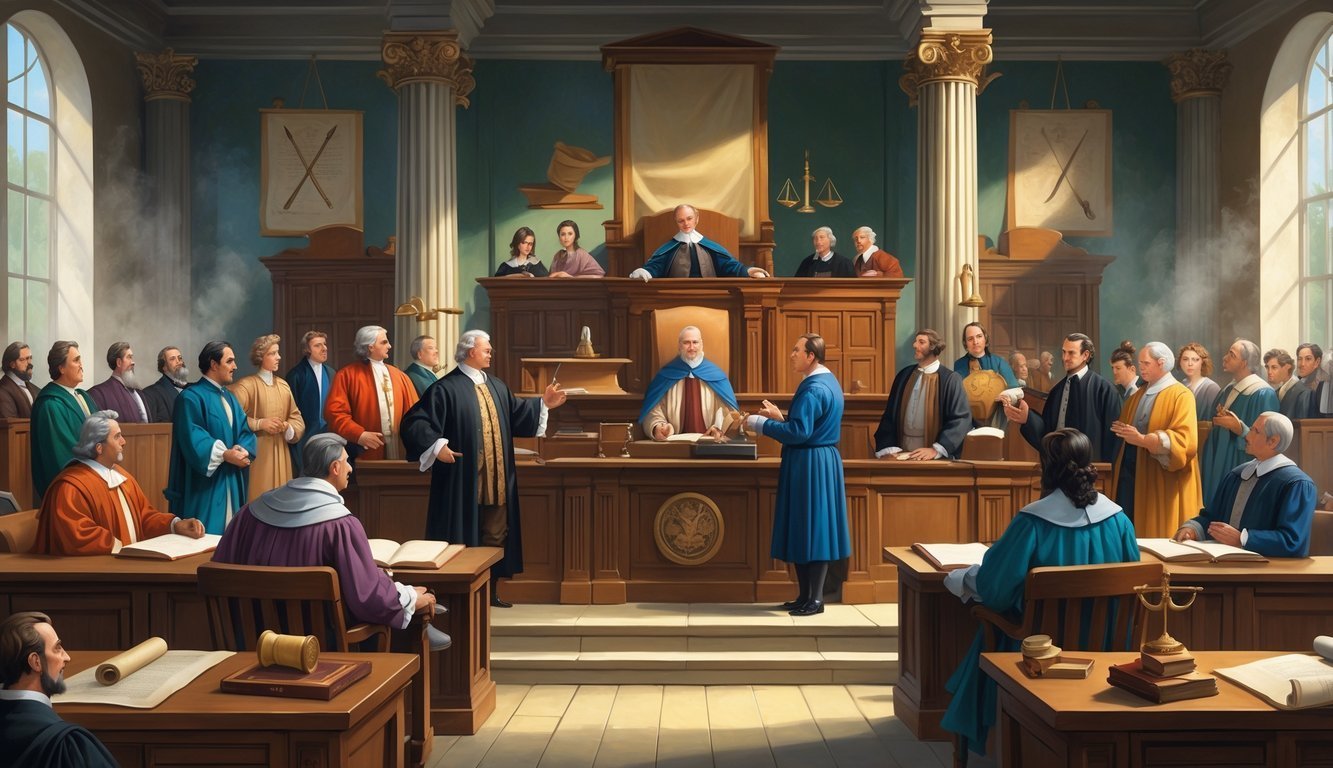
When you dig into history, some court trials just jump out—they’re weird, wild, or downright shocking. These aren’t just odd stories; they actually changed how laws work and how we see justice.
You’ll see how even the strangest trials have shaped key parts of law and society.
Legal history isn’t just about big, serious debates or famous court showdowns. It’s also about those bizarre, unexpected moments that somehow left a mark.
As you read, you might be surprised at how these outrageous cases still shape the rules that run our lives.
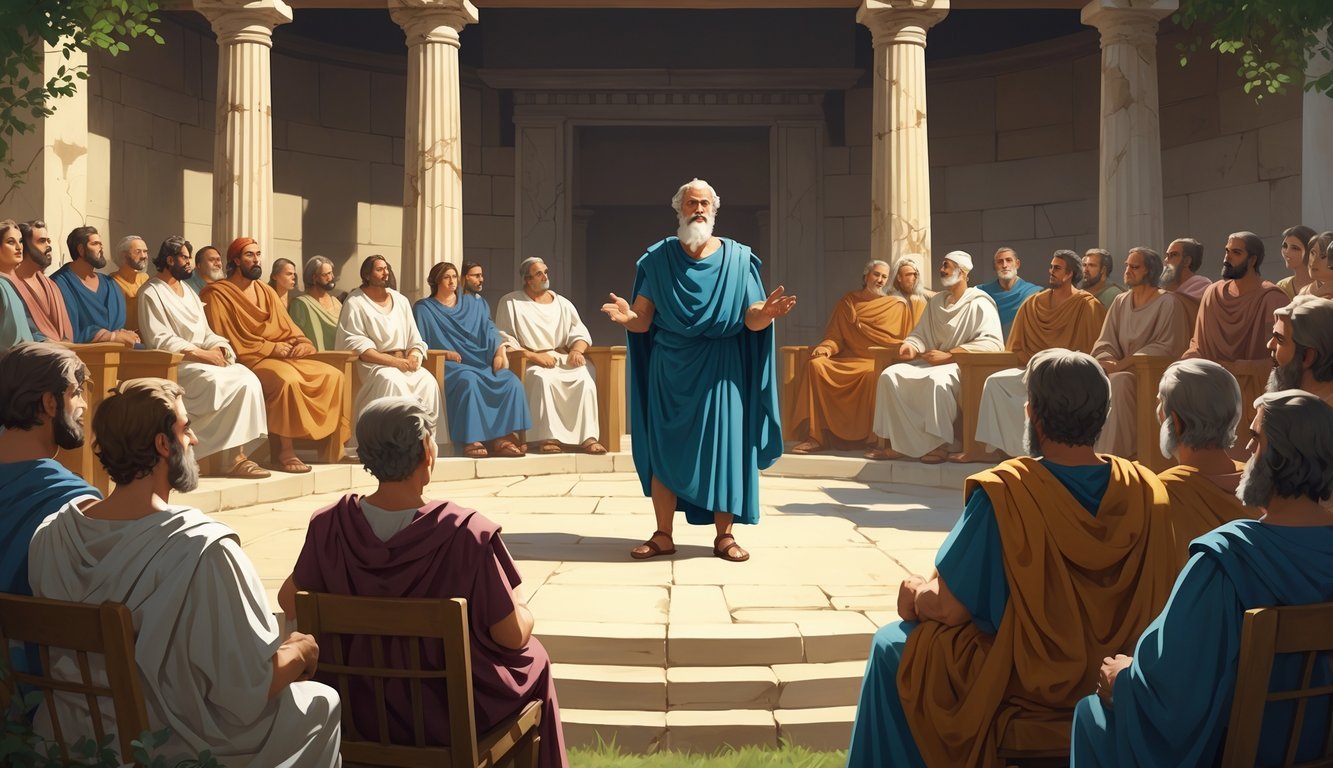
Let’s go back to one of the most famous trials ever. In 399 BCE, Athens put Socrates on trial for “impiety” and “corrupting the youth,” which stunned a lot of people because Athens loved to brag about its democracy and free thinkers.
Socrates didn’t just accept things—he questioned leaders and traditions, making everyone pretty uncomfortable.
His trial kind of kicked off the whole debate about free speech. Can one person really challenge society?
It’s still tough to balance free speech and social order, isn’t it?
Whenever you think about your own right to speak your mind, remember, Socrates’ trial started that whole conversation. The echoes are still around today.
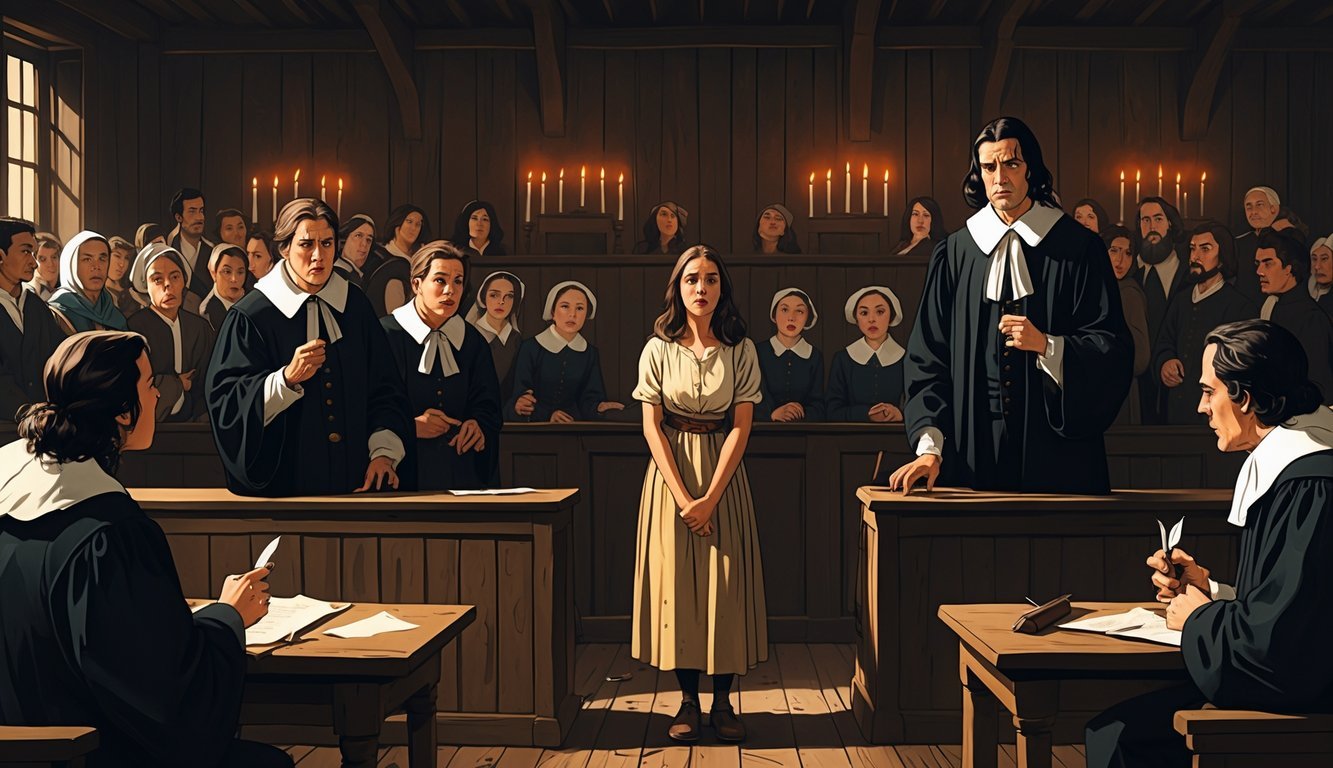
The Salem Witch Trials in 1692? Pure chaos. In Salem, Massachusetts, people let their fear of witches and the devil run wild.
This panic led to wild accusations and trials that ignored fairness.
Judges treated the accused as if they were already guilty. “Innocent until proven guilty” didn’t exist here.
Over 200 people landed in court, and 20 were executed—most of them women.
These trials show how fear and superstition can twist the law in scary ways. That’s a big reason we fight for fair legal rules today.
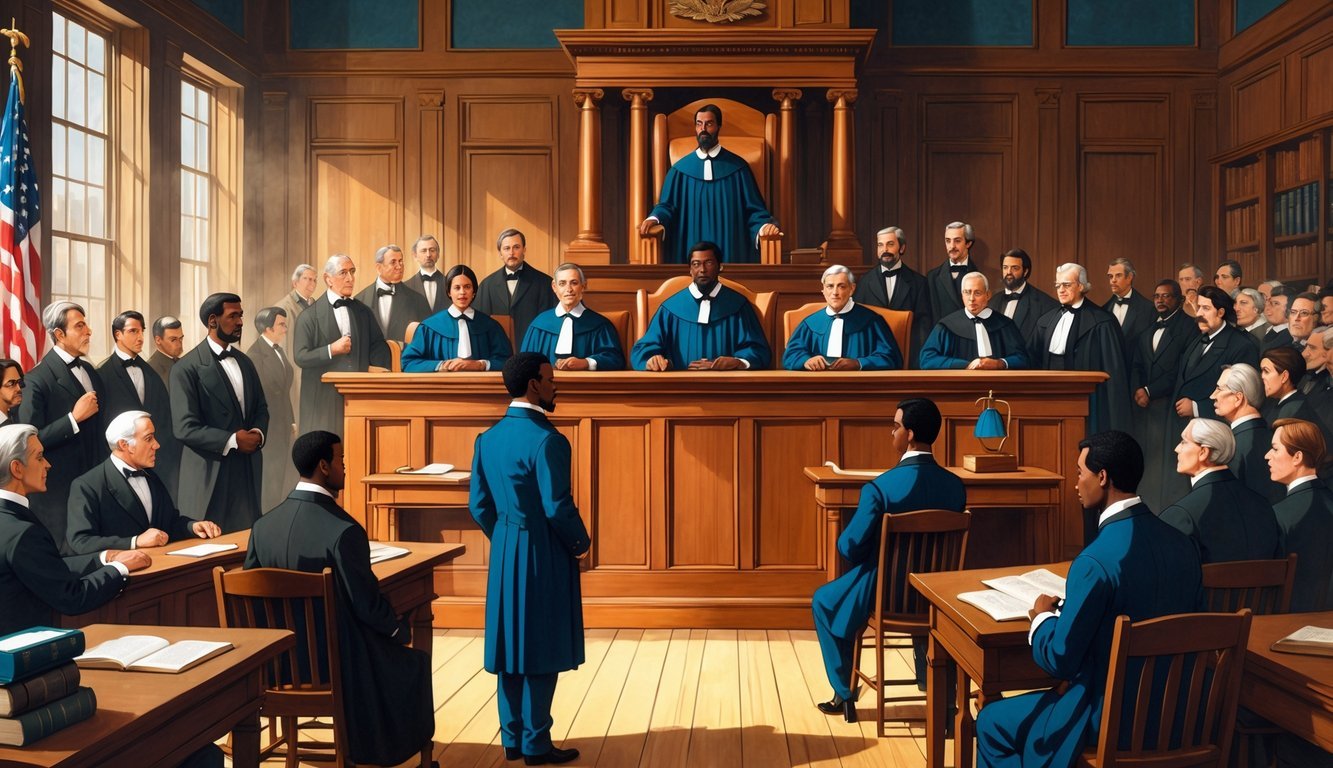
The Dred Scott case? It’s one of those moments in U.S. history you can’t really believe happened. Dred Scott, an enslaved Black man, went to court trying to win his freedom after living in free states.
But in 1857, the Supreme Court shut him down. They said Black people could never be U.S. citizens, so the law didn’t protect them at all.
That decision also wiped out the Missouri Compromise and cranked up the tension over slavery.
This trial shaped the idea of citizenship—and made it painfully clear who the law included and who it left out.
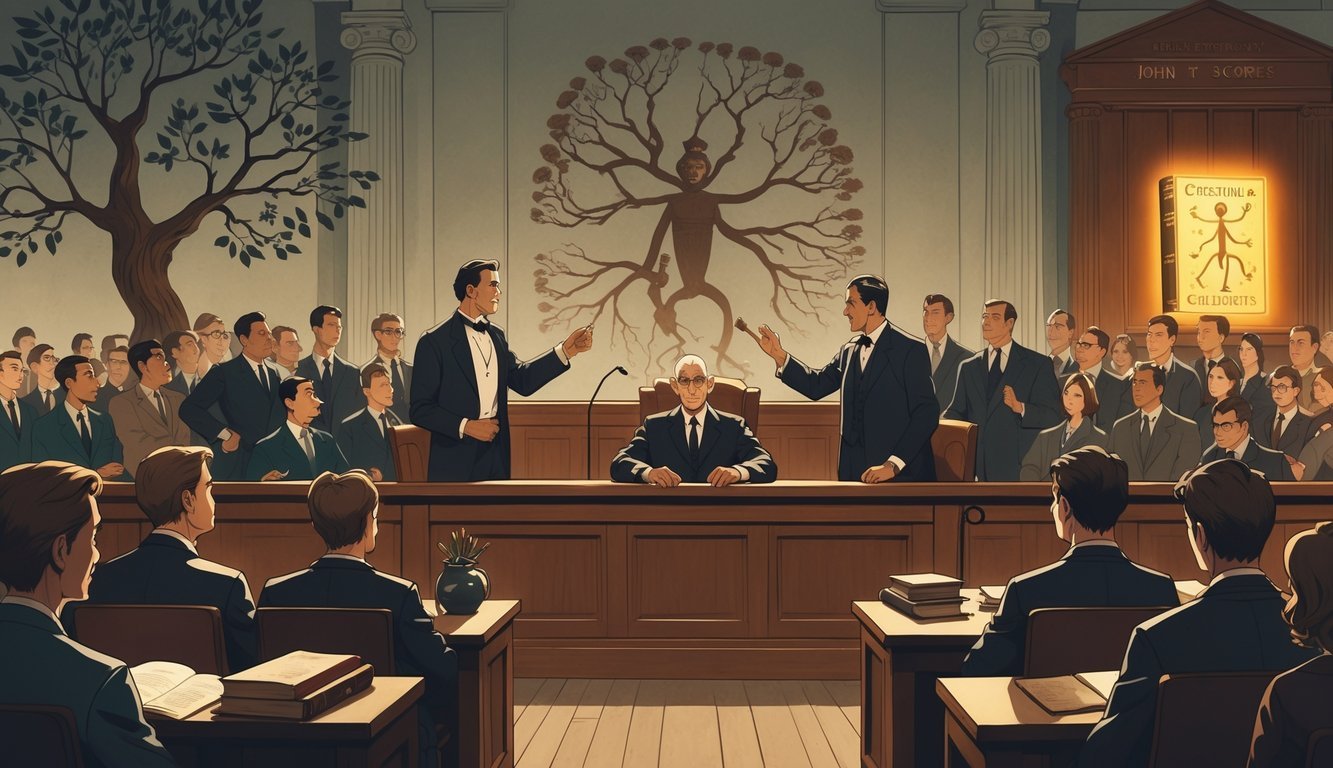
The Scopes Monkey Trial? That was wild. In 1925, John Scopes, a teacher, landed in court for teaching evolution, which Tennessee had banned in schools.
Reporters swarmed the town, and the trial even went out live on the radio for the first time ever.
It wasn’t just science vs. religion; it was a messy, noisy culture clash. You could feel the old and new ideas fighting it out.
Dayton, Tennessee, suddenly found itself in the spotlight. The debates from this trial still pop up in schools today.
It really changed how we think about science, education, and what laws should control in the classroom.

O.J. Simpson, the NFL star, ended up on trial for murder—and you probably remember watching it all unfold.
The whole thing felt more like a TV show than a court case. Cameras were everywhere, from the slow car chase to every twist in the courtroom.
This trial mixed celebrity drama with tough questions about race and justice. The media frenzy was unreal.
People started to wonder how justice works when a celebrity is on the stand. The way trials are covered—and the way we talk about race and fairness—shifted after this case.

The Nuremberg Trials? They changed everything. After World War II, the Allies put top Nazi leaders on trial for war crimes.
For the first time, individuals—not just entire countries—were held responsible for terrible acts.
From 1945 to 1946, 22 high-ranking Nazis faced justice. People learned about crimes against peace, war crimes, and crimes against humanity.
These trials set the bar for international law. Even the most powerful leaders couldn’t escape punishment when they crossed certain lines.
A lot of today’s international laws trace right back to Nuremberg.
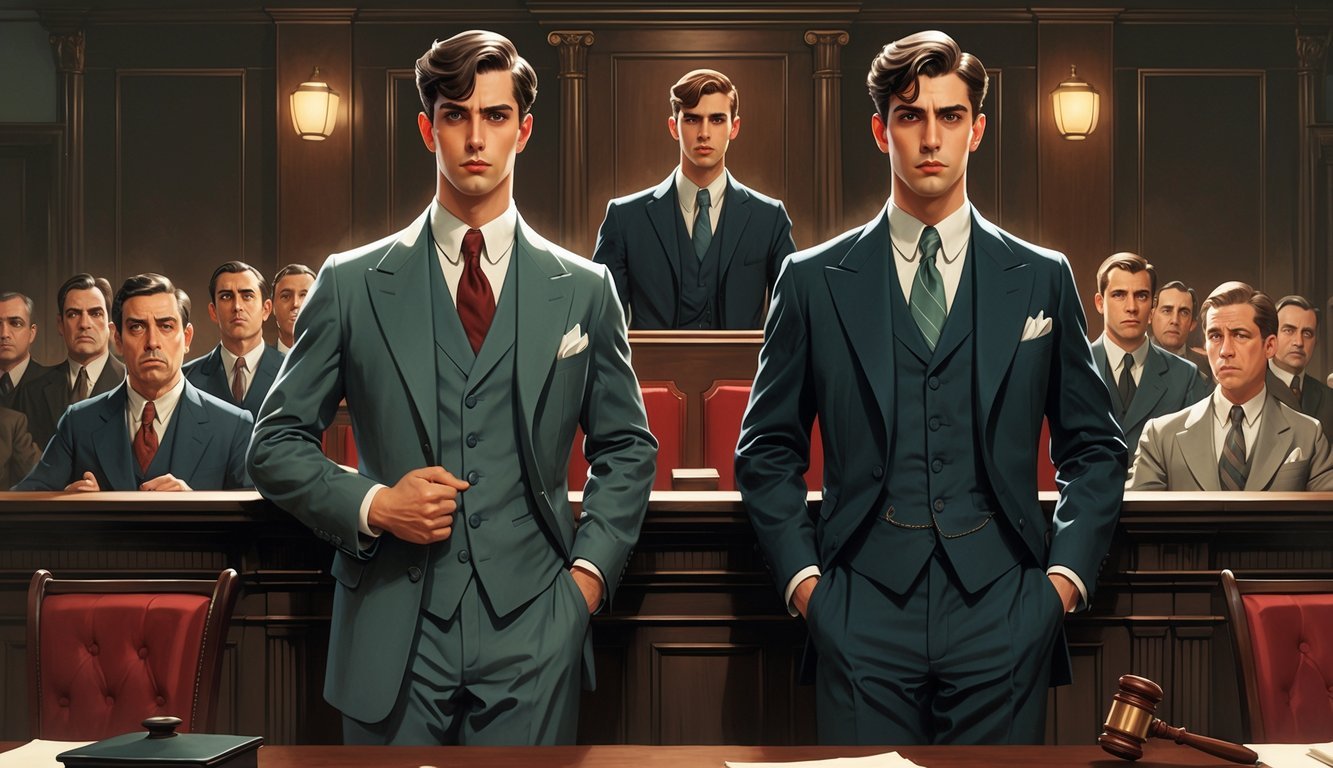
Leopold and Loeb—now that’s a chilling story. In 1924, these two rich Chicago students kidnapped and murdered a 14-year-old boy just to see if they could pull off the “perfect crime.”
They didn’t care about money or revenge. It was all about ego and showing off their supposed genius.
The trial became the “crime of the century.” Clarence Darrow, the famous lawyer, fought to keep them off death row.
A pair of unique eyeglasses cracked the case wide open. The whole country watched, and it made people rethink what justice and punishment really mean.
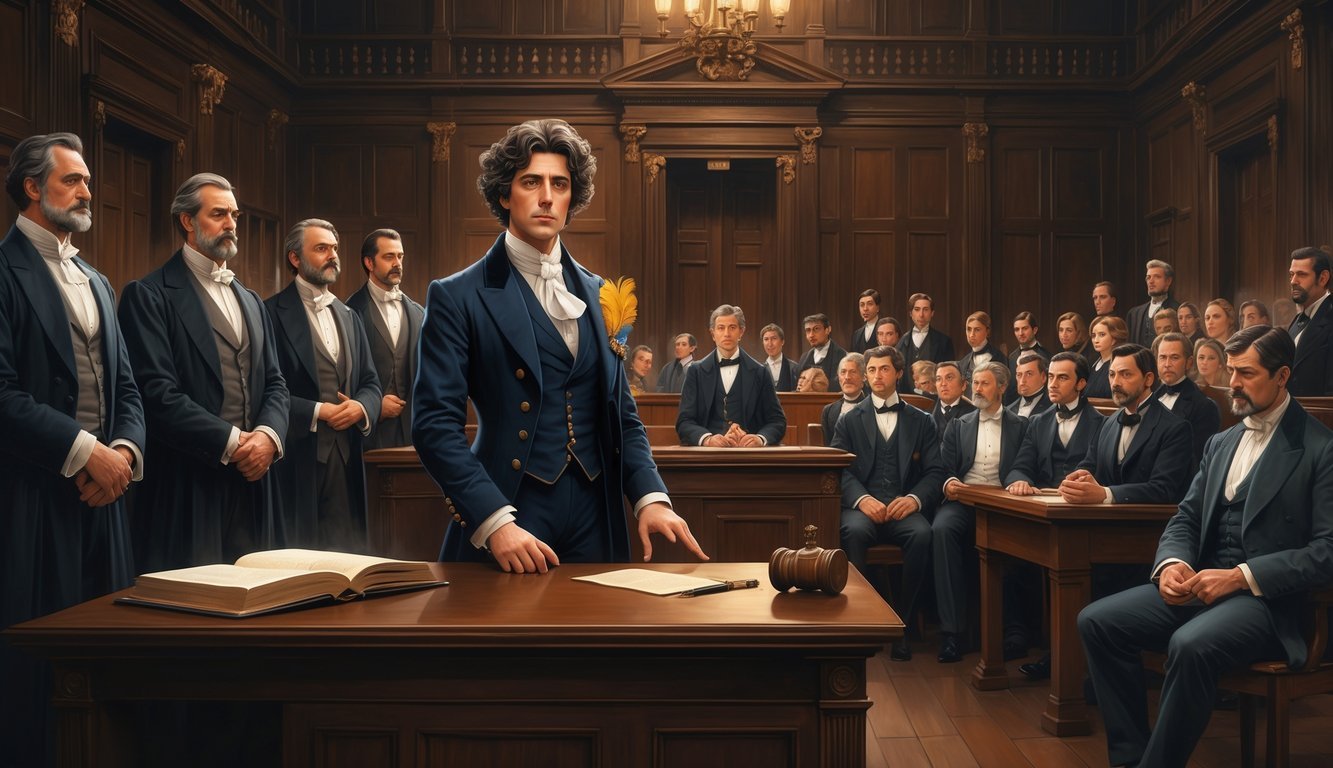
Oscar Wilde’s trial? It rattled Victorian England. His clever wit and bold art clashed hard with the uptight morals of the time.
They accused Wilde of “gross indecency” for his relationships with men. It wasn’t just a personal scandal—it forced society to talk about what’s right and wrong in both art and life.
You can feel the tension between his creativity and society’s harsh judgment. Laws back then could crush personal freedom in a flash.
Wilde’s fall was fast and ugly, but he still sparks debates about art, love, and the law. His trial changed how people see all three.

The Sacco and Vanzetti trial? That’s a textbook case of bias in action. Two Italian immigrants got accused of robbery and murder in the 1920s.
But here’s the kicker—the judge and jury clearly hated their political beliefs and backgrounds.
The judge even called them “anarchistic bastards.” Fair trial? Not even close.
This case blew up across America. People argued about whether justice was really blind or if prejudice tipped the scales.
It was a warning about how dangerous it gets when fear and politics mess with the law.
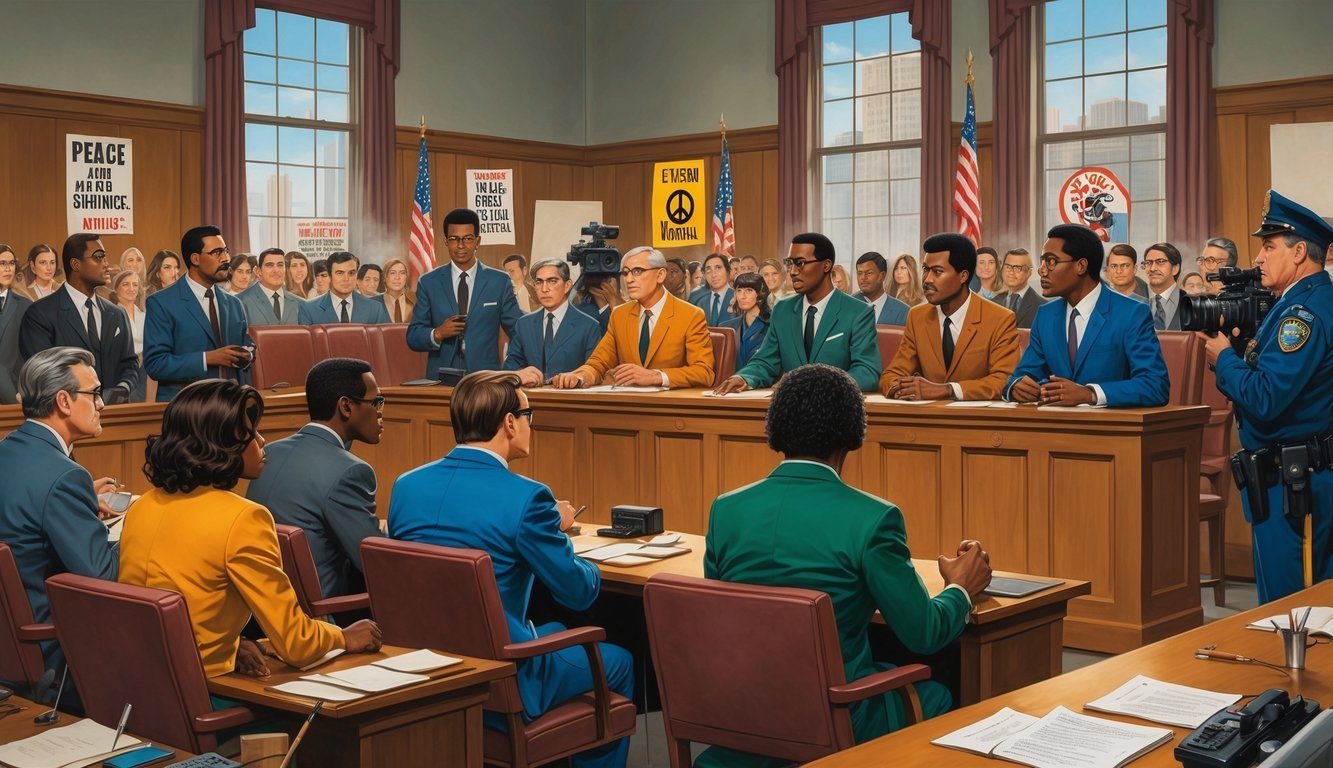
If you care about history or law, you just can’t ignore the Chicago Seven trial. Back in 1969, the government put seven activists on trial for stirring up chaos during the 1968 Democratic National Convention.
Those protests? They were huge—full of tension and anger about the Vietnam War. People flooded the streets, and the atmosphere was electric.
The trial really put the right to protest up against the government’s authority. Judges and defendants clashed in the courtroom, sometimes in ways that felt almost theatrical.
Watching this play out, you saw political dissent pushed right into the spotlight. It was messy, unpredictable, and honestly, kind of fascinating.
This whole ordeal made people rethink what free speech and civil rights actually mean in practice. It’s a reminder—standing up for your beliefs can be risky, but it’s also how society changes.